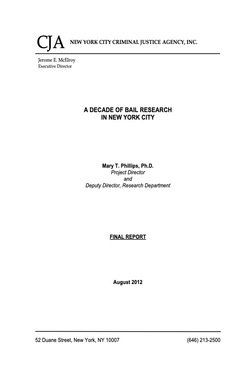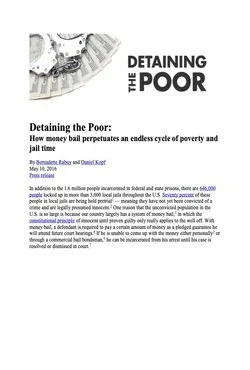By David E. Spencer, Herard von Santos, and Juan Carlos Morales
Gangs have existed for many decades in El Salvador. They did not receive a lot of attention until the 1990s. The gangs prior to the 1990s were more like the stereotypical gangs that people usually think of: misguided youth, mostly involved in petty crime and solicitation. They were not considered a very serious threat to personal or national security at that time. These gangs called themselves by a variety of names, but by the 1980s people were calling them “maras” as a general term for all gangs. The word “mara” is a Salvadoran slang word which means group of friends or gang in the sense that it refers to a tight knit group of buddies that frequently socialize together. If you are out socializing with your friends and your wife calls you to ask where you are, the answer is that I am here with “la mara” meaning I am here with my group of pals, the guys that one plays poker with or drinks a few beers or any other similar typical male social activity. The word is still used in this way, even though it has developed an increasingly negative connotation due to its association with the extremely violent criminal gangs. This is important because there has been a lot of speculation about the meaning of the word that in the authors’ opinion is improbable and counterproductive.
Washington, DC: William J. Perry Center for Hemispheric Defense Studies, 2009. 120p.





















